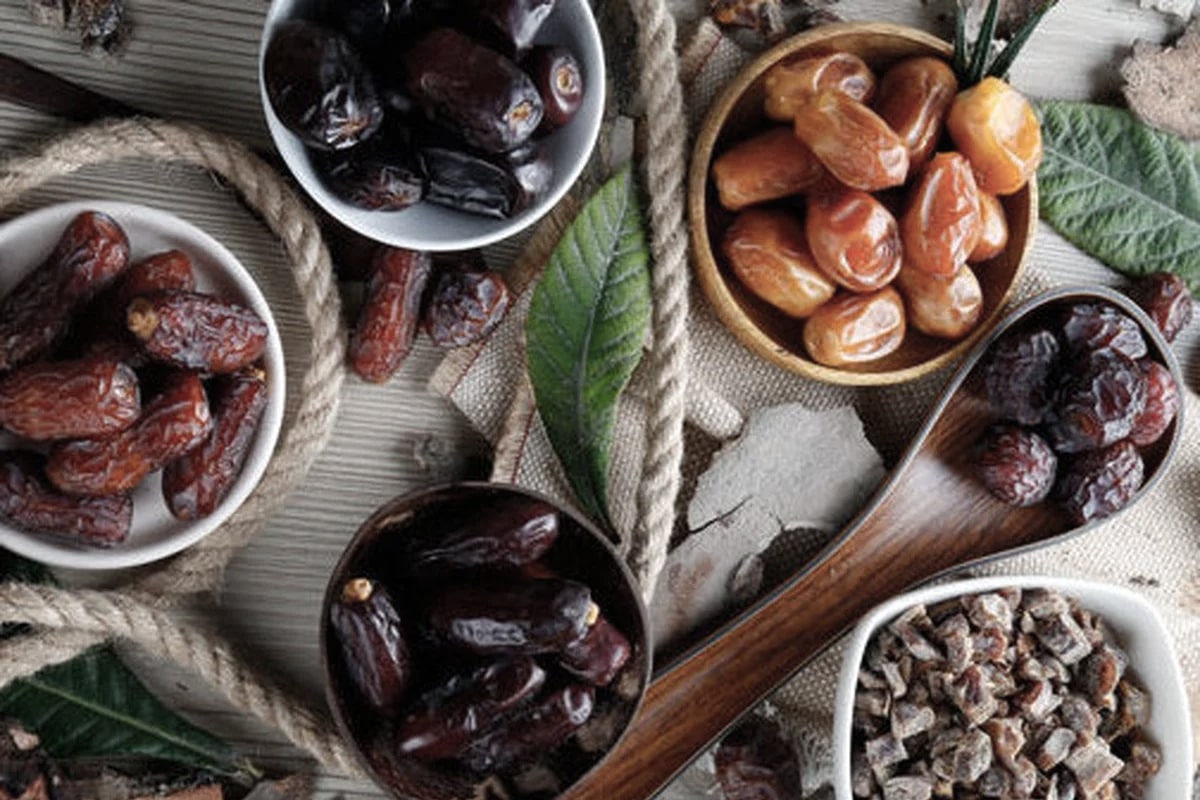These delectable fruits from the date palm tree have been a dietary staple in various cultures for centuries. To bring this delicious treat to our tables, a complex process of harvesting, sorting, and packaging is undertaken. Ensuring food safety during every step of date processing is paramount to deliver a wholesome and healthy product to consumers. In this article, we delve into the crucial measures and practices that go on “Behind the Scenes” to maintain the highest standards of food safety in date processing.
Harvesting and Handling:
The journey of ensuring food safety begins right at the date palm tree. Harvesters are trained to select only fully ripe dates, ensuring they are at their peak in terms of flavor and quality. During harvesting, care is taken to prevent contamination from soil, insects, or other potential sources of pathogens.
Cleaning and Washing:
Once harvested, dates are cleaned and washed thoroughly to remove any dirt, dust, or debris. This step is essential to eliminate physical contaminants and prepare the fruit for further processing.
Sorting and Grading:
Dates are meticulously sorted and graded based on size, quality, and ripeness. Automated machines and skilled workers ensure that only the finest dates make it to the packaging stage.
Packing Facilities:
Modern packing facilities are designed to maintain strict hygiene standards. Workers in these facilities wear appropriate protective gear, including gloves and hairnets, to prevent any physical or biological contamination.
Quality Control:
Rigorous quality control measures are in place at every stage. Samples are regularly tested for taste, texture, and safety. Any dates that do not meet the established criteria are removed from the production line.
Temperature and Humidity Control:
Dates are sensitive to temperature and humidity. Processing facilities maintain controlled environments to prevent mold growth or spoilage. Proper temperature and humidity levels are crucial for preserving the freshness and safety of the product.
Packaging and Storage:
Dates are typically packaged in clean and sealed containers, which serve to protect them from environmental contaminants. Labels include important information such as expiration dates and storage instructions.
Traceability:
Traceability systems are implemented to track each batch of dates from the palm tree to the consumer’s plate. This allows for quick and precise recalls in case of contamination concerns.
Regulatory Compliance:
Date processing facilities adhere to strict food safety regulations and standards established by relevant authorities. Regular inspections and audits ensure compliance with these standards.
Consumer Education:
Consumers are provided with information on proper storage and handling of dates to maintain their safety and quality at home.
Conclusion:
Food safety in date processing is a complex and multifaceted endeavor that involves careful attention to detail at every stage of production. From the moment dates are harvested to the point they reach our grocery stores and homes, numerous safeguards are in place to ensure that the final product is not only delicious but also safe to eat. These “Behind the Scenes” efforts reflect the commitment of the date processing industry to provide consumers with a wholesome and nourishing treat that can be enjoyed with confidence. So, the next time you savor the sweet taste of dates, know that there is an extensive process dedicated to keeping them safe and delightful.

